All about the mountain ash
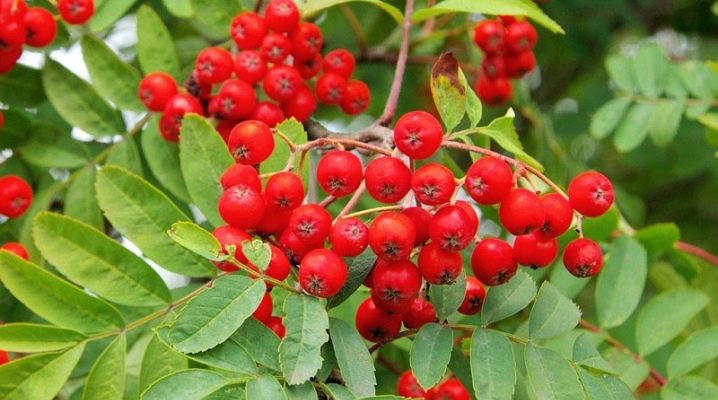
Rowan is more common than other trees in our life. It can grow in parks, small squares and gardens. The culture is distinguished not only by the beauty of the fruits, but also by their beneficial properties. The tree is hardy and unpretentious to care for.
general description
The botanical name of the common mountain ash is Sorbus Aucuparia. It comes from the Celtic and means "bitter and tart". But there are also mentions that mountain ash is translated from Latin as “bird” and “to catch”. In ancient times, it was the fruits of mountain ash that were used as bait to catch birds. The tree belongs to the species of woody apple plants. In turn, this genus belongs to the pink family.
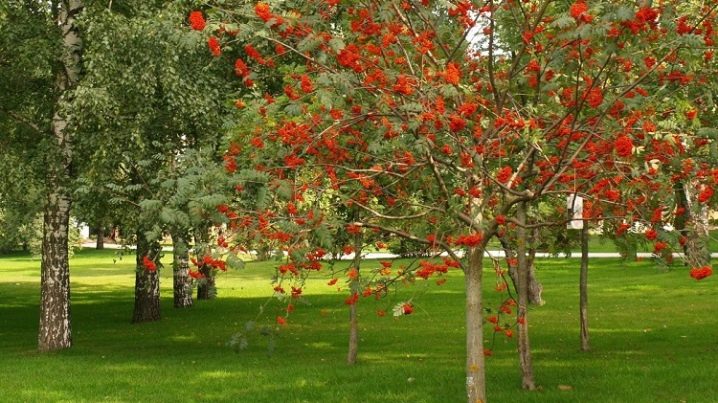
At the moment, according to botanists' calculations, there are at least 100 varieties of red rowan. Various species and families have a wide distribution area from Europe to Asia. Even in the mountains you can find this tree, only it will be presented in the form of a small bush. The life form of a mountain ash is a tree or bush. The height of the tree does not exceed 10-12 m, on average, the growth stops at the level of 5-7 m.The shrub does not exceed the mark of 3 m.The crown is round or ovoid in shape, from 4 to 6 m.There is a variety of pendula mountain ash, it has a weeping the location of the crown. Shoots are dark brown. The bark is smooth and gray. The plant has a fast growth rate. On average, in one year, skeletal branches stretch 40-50 cm in length and 30 cm in width. The life span of a tree is from 60 to 100 years.
The leaf arrangement is unpaired. The leaves are 20 cm long. They consist of 7-14 pointed oblong leaves, which are no more than 5 cm long and 1.5 cm wide. The leaves have a pointed elongated jagged edge. The upper leaf plate has a deep green color and dullness, and the lower part is lighter and slightly pubescent. In autumn, the color of the leaves changes to red with small golden streaks. The flowers are white, with a slight unobtrusive smell. They are collected in small corymbose inflorescences, the diameter of which is up to 12-15 cm. The beginning of flowering occurs at the end of May and lasts 1-2 weeks. Flower formula: Ч5Л5Т∞П∞.
Rowan fruits are edible. Spherical in shape, bright red or deep orange in color. The diameter of one berry is 0.5-0.8 cm. The weight of one fruit is 2 g. Fully ripen in the second half of September and can persist on a branch for a long time. The first fruiting occurs 4-5 years after planting. The root system of the mountain ash is very well developed. It has a main central root that goes 2 meters or more into the ground. At the base of the root there is a fibrous branching, which is concentrated in the upper layers of the soil, and only 30-35 cm deep from the surface of the earth.
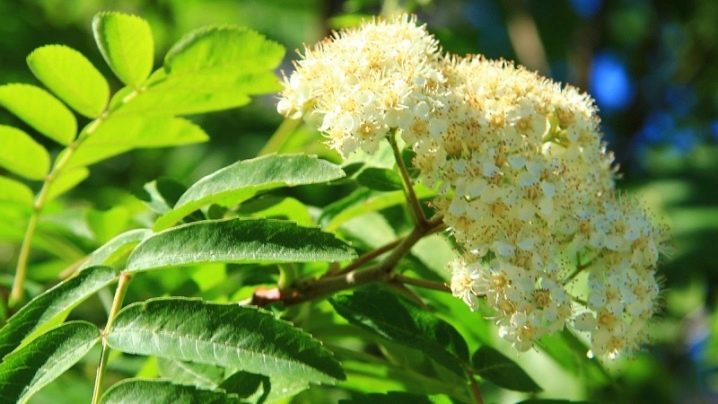
Spreading
Since mountain ash is unpretentious to the soil, its habitat is extensive. The tree can often be found in the Caucasian regions. In Russia, the mountain ash has a very large distribution area. It can be found at the edge of the forest or in the clearings (near the forest belt). At the same time, the tree loves space, so most often it grows alone.
Varieties
The most common varieties of mountain ash are the following.
- Elderberry... The most beautiful shrub, the height of which is 250 cm. The crown is not very dense, round or ovoid in shape.Stems are erect, dark brown in color, there is a bluish bloom. The bark of the branches is gray, with well-defined lenticels. Leaves are pinnate, 18 cm long. They are lanceolate in shape. It also contains from 7 to 15 small oval-shaped leaves of a dark green color. Inflorescences are complex, corymbose. Flowers with a diameter of no more than 15 mm. They are pure white in color, or have a slight red dusting. The fruits are juicy and elastic, have a deep red color, spherical in shape. Sweet and sour to taste. The variety is found in Kamchatka and in the Khabarovsk Territory, as well as in northern Japan.
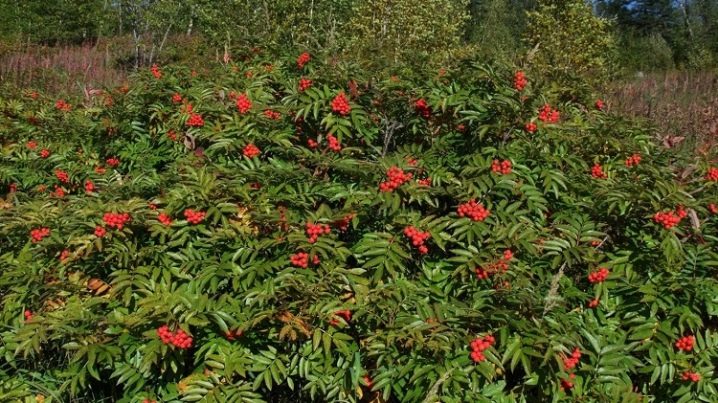
- Glogovina... The variety is also called Bereka medicinal. The height of the tree can be 25 m. The trunk is covered with dark gray bark. There are longitudinal cracks along the entire length. Young shoots are olive-colored. The leaves are broadly ovate in shape, 18 cm long. The anterior plate is smooth, dark green in color, the posterior surface is pubescent. In autumn, the color of the leaves changes to yellow or orange. Inflorescences are loose. They are 8 cm in diameter, white. The berries are round, 2 cm in diameter. They have a pale red color, or light orange. Gradually, as it ripens, the skin changes color to brown. A feature of the variety is that it is frost-resistant, while it does not tolerate drought at all. There are 2 decorative shapes. The first type has pubescent foliage, the second - with pinnately dissected leaves.
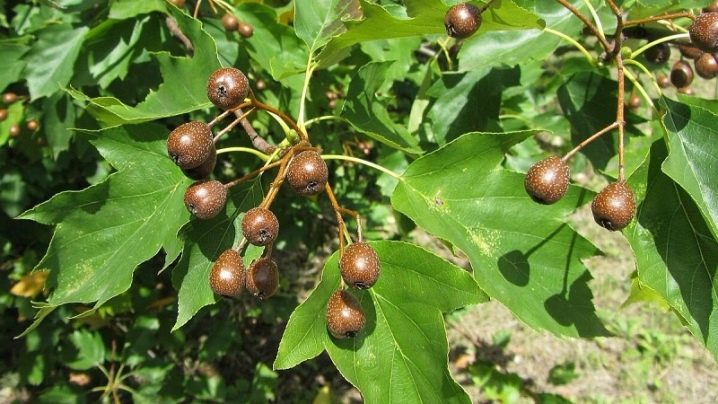
- Home... The second name is large-fruited Crimean. The peculiarity of the plant is that it has a slow growth rate. It can reach a height of 15 m, but a lot of time must pass. The crown is wide-pyramidal. The bark of the trunk has noticeable longitudinal cracks, which begin to form already in the young tree. The new stems are glabrous, smooth and with a noticeable gloss. The foliage is pinnate, smooth, lanceolate. Pale pink buds. The fruits are formed either ovoid or pear-shaped. 3 cm in diameter. Yellow-green in color.
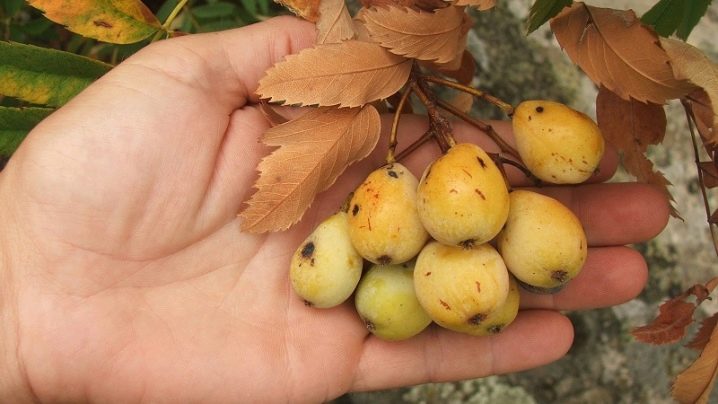
- Fastigiata... The height of the tree is no more than 5-8 m. The diameter of the conical crown is 1.5 m. All branches are directed upwards. The leaves are large, petiolar, with additional oval-shaped leaves and a jagged edge. They are dark green in color. Flowers with a diameter of 1 cm, collected in large shields. The flowering period is from late May to early June. The fruits are bright red, round or spherical. They can stay on the branches for a long time after full maturity. From one tree, from 20 kg of berries are harvested.
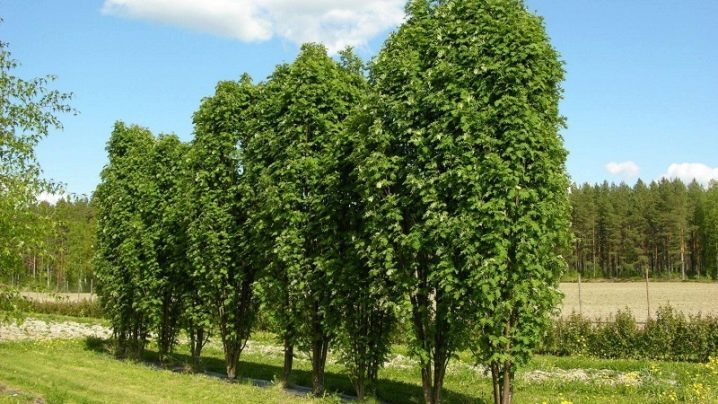
- Round-leaved... This variety is also called Aria or mealy. The tree is 12 m high. The crown is broad-pyramidal. Most of the trunk is covered with brown-red or dark brown bark. Stems may have tomentose pubescence. Leaves are standard, slightly elongated with a serrated edge. The buds are collected in shields and have a white tint. Berries with a diameter of 15 mm, weight - 1.5-2 g. This species has several cultivated garden forms, namely: Dekaisne, Chrysophylla, Plantarium, Magnifica and Majestic. The latter is notable for the fact that a tree grows up to 15-17 m, blooms profusely, but does not form berries.

- Hybrid... This variety developed in its natural environment when pollination occurred between two other species (intermediate and red rowan). Habitat - Scandinavia and the entire northern part of Europe. The height of the tree is 10-15 m. In young seedlings, the crown is first formed columnar, and eventually turns into a round one.
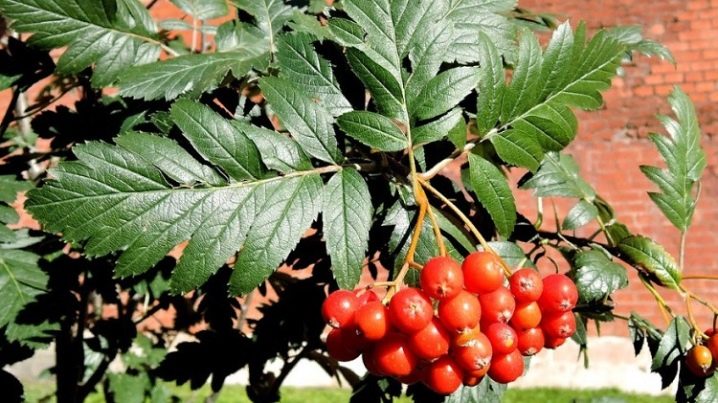
Landing
Before planting a seedling, you need to take care of the planting site. There are several factors to consider. In relation to light, mountain ash is shade-tolerant, that is, it can be planted along a small fence or in a front garden. But at the same time, the culture gives more fruits in a sufficiently illuminated place. The attitude to moisture is tolerant: the tree easily tolerates a short drought, but strong waterlogging of the soil does not. There are no special requirements for the soil. But it is best to pick up slightly acidic soil.Before planting, it is necessary to inspect the seedlings. They shouldn't have leaves. The aerial part should be fresh, with several formed shoots. It is necessary that the root system is intact, without damage, especially mechanical. If the tree is young, one-year-old, then its roots may not be so branched, and this is normal.
The diameter of the dug hole should be 0.5-0.8 m.Depth - 0.8-1 m.The distance between the seedlings is 3-6 m. This will allow them not to cast shadows on each other. The excavated soil must be mixed with superphosphate, manure and wood ash. All this must be mixed, and 1/3 filled into the hole. After the resulting slide should be shed with water (8-10 liters). The liquid should be completely absorbed. The seedling is gently lowered to the bottom of the hole right in the center. Gradually it is covered with earth, but so as not to injure the rhizome. At the end of the transplant, the soil is compacted around.
The next day, the tree is poured abundantly with water, and it can be mulched. Peat, sawdust, hay, straw are suitable for this. The layer thickness does not exceed 10 cm.
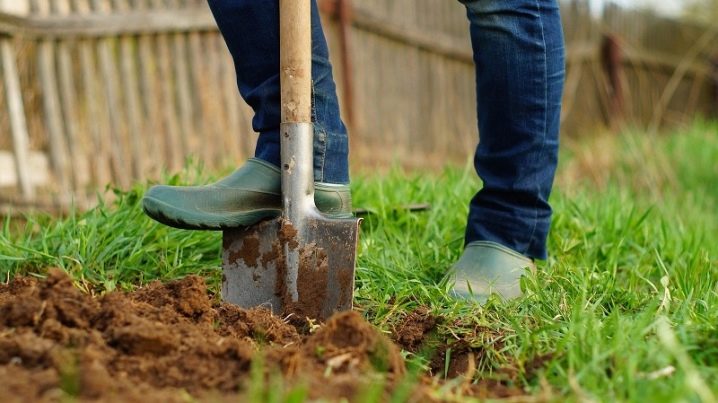
Care
To care for mountain ash, some points of agricultural technology should be observed.
- Watering... Rowan desperately needs water only in case of prolonged drought. Irrigation should be carried out during the growing season and after harvest. The rest of the time, the culture will independently produce water. It is worth remembering that one tree accounts for 20 to 30 liters.
- From time to time, the trunk circle is loosened after watering. The procedure is carried out not so often, but it must be done in order to saturate the soil with oxygen, especially after a prolonged drought.
- Top dressing is actively applied for 3 years after transplantation. It can be compost or ammonium nitrate. Before the start of the growing season, you can add a solution of bird droppings or mullein. Some summer residents use Agrolife instead of organic matter.
- Pruning... After winter, all dried and frozen branches must be removed. This is done before the start of sap flow, so as not to attract the attention of insects.
Those shoots that began their growth at a right angle from the skeletal branches are also removed. In autumn, the shoots that bore fruit in this season are shortened.

Reproduction
Mountain ash is propagated in two ways: vegetative and generative. Generative means growing by seed, where the seeds are taken from the fruit, cultivated and then sown into the ground. The vegetative method is propagation by woody cuttings, grafting, layering or shoots.
You can plant a new variety on rowan varieties such as:
- Nevezhinskaya;
- Ordinary;
- Moravian.
Diseases and pests
In the spring, when pruning, the tree is examined for the first symptoms of disease or insects.
The most common diseases:
- anthracnose;
- brown or gray spotting;
- septoria;
- ring mosaic;
- moniliosis;
- scab;
- rust;
- powdery mildew.
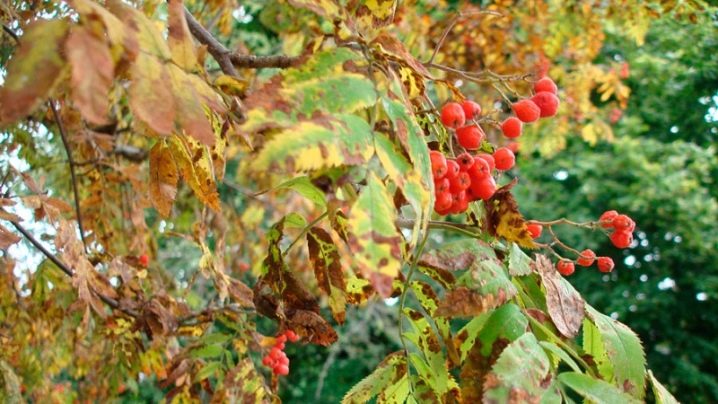
Among the insects that most often eat mountain ash are:
- weevils;
- moths;
- mountain ash moth;
- bark beetles;
- scabbards;
- green apple aphid;
- ticks.
For treatment, it is best to use drugs such as:
- "Karbofos";
- "Confidor";
- "Aktar";
- "Cyanox"
- Chlorophos.
It is best to spray until the moment when sap flow begins. And also for the purpose of prevention, the tree is sprayed with a solution of copper sulfate.
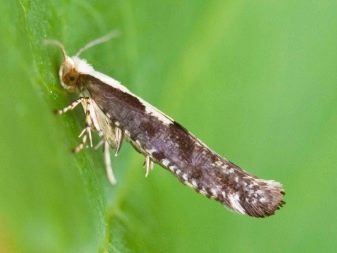
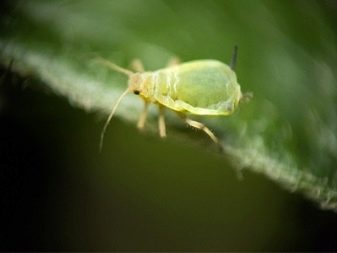
Application in landscape design
In landscape design, mountain ash is used more often than other trees due to its presentable and beautiful appearance.
- For example, gazebos or small arches can be decorated with mountain ash with a weeping crown. Make it a solo accent, or play with it in a composition with other low shrubs or flowers.
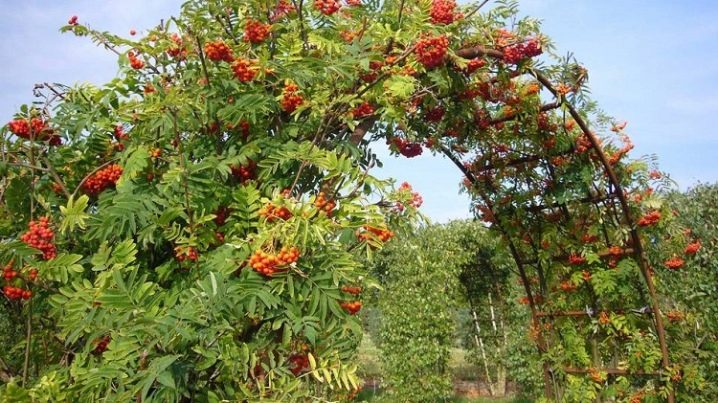
- An ensemble of trees is most often chosen as follows: rowan, spirea, snowberry or barberry. Some designers rely on an accent of flowers and combine rowan with conifers. It can be thuja, fir or spruce.
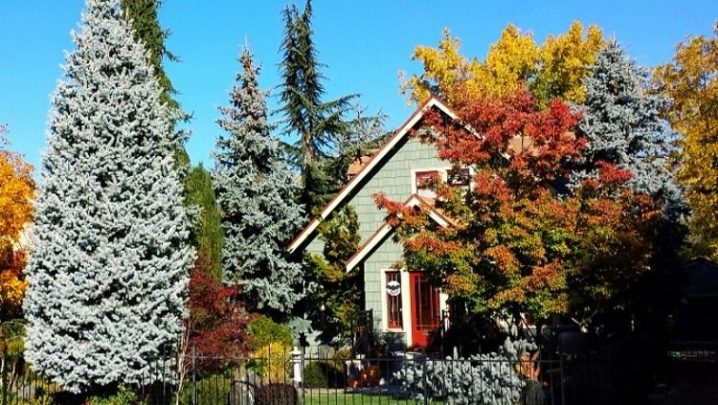
- Rowan goes well with deciduous trees such as linden, poplar, maple or white willow.
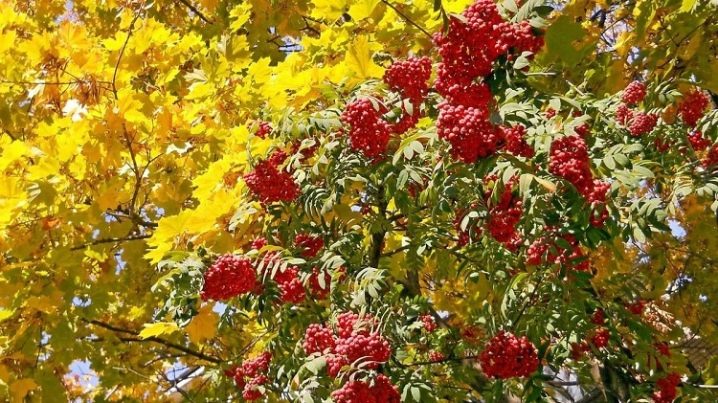
- If the variety is bush, then you can easily create a hedge from it, and plant perennial flowers along the edging in small flower beds.
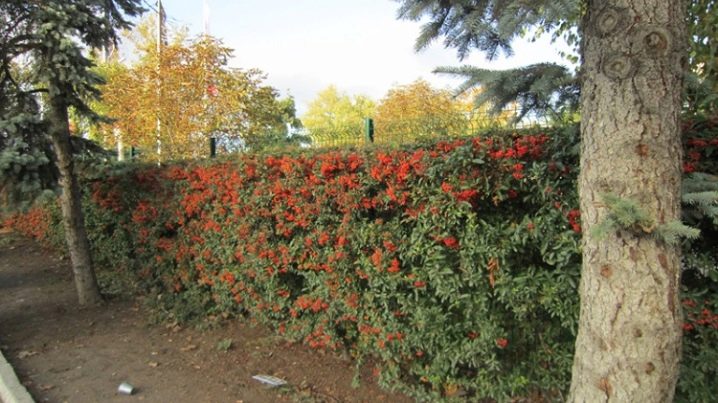



































































The comment was sent successfully.